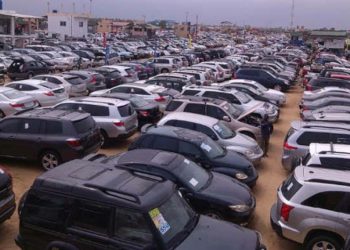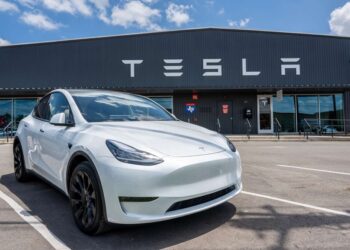It is a fact that engines need fuel to run, but that does not mean you can’t achieve fuel-efficient driving, which can save you some money each year, improve road safety, and prevent wear on your vehicle.
Use these fuel-efficient driving strategies to reduce your car’s fuel consumption and carbon dioxide emissions by up to 25 per cent.
Tyre pressure: Ensure proper tyre pressure, as underinflated tyres provide more rolling resistance when driving, increasing your car’s fuel consumption. This implies that your tyres will use more fuel because they will create more excellent rolling resistance and friction with each kilometre you go. Your tyres’ combined underinflated pressure of 10 psi may cause up to a 10% decrease in fuel economy.
Remove extra weight: Remove unnecessary items from your trunk or back seat to reduce weight and improve fuel efficiency. If you are among those who keep everything and anything in the boot, in addition to emergency spares, think twice before loading up next time. Every extra 50kg your car adds increases fuel consumption by two percent.
Drive with AC: Driving with the windows down at speeds faster than 80km/h causes a lot of wind resistance and costs you much more fuel. Contrary to what you may think, in this situation, it’s simply more fuel-efficient to drive with the air conditioning on.
Drive at moderate speed: When cruising down a highway, your engine works hard to overcome wind resistance. You’ll burn up to 15 per cent more fuel at 100 km/h and 25 per cent more at 110 km/h. That might tempt you to drive slow, but if you drive slower than 50 km/h, your engine would drop to a lower gear, thus using more fuel. Therefore, a steady 50 – 90 km/h on the highway is best to achieve optimal fuel economy.
Maintain steady acceleration: Avoid sudden acceleration or revving the engine to a high revolutions per minute (RPM), hard breaking, and sharp turns. This is better for fuel economy, as your engine uses less fuel when revolving slower at a lower RPM.
Avoid braking aggressively: Slamming on the brakes increases fuel consumption as you need to accelerate again later. This is especially true if you follow too closely behind the vehicle in front of you. Not to mention, tailgating is dangerous and something to avoid.
Cruise in top gear: If you’re driving an automatic car, use cruise control to keep your speed constant. And if you’re driving a manual car, maintain a higher gear when appropriate. In each of these instances, your engines go through fewer revolutions per minute (RPM) and will reduce your fuel consumption.
Practice predictive driving: Look to the road ahead and plan your next move. Instead of slamming on the brakes to a complete stop, try slowing down as you approach the red light. When reaching the foot of a hill, start accelerating as you edge closer to it rather than when you approach it. Avoid hard accelerations when moving your car from a complete stop or climbing a hill, as they will increase fuel consumption.
Plan your rush hour route: Stop-start traffic puts a lot of pressure on your engine, thus burning more fuel. Plan your commute to and from work carefully to help you avoid the worst of peak traffic.
Don’t stay idle for long: If you are waiting for something or someone for over three minutes, turn off your engine. You may not be moving, but as long as your engine is on, it burns precious fuel.
Use the right oil: Use the oil your car’s manufacturer recommends for optimal fuel efficiency.
On a last note!
And one last thing. The fuel economy of your engine may be maintained with routine auto maintenance. The parts of an engine cooperate closely. Poor maintenance will cause sludge and corrosion between the components, hindering the engine’s ability to operate correctly. Engine oils are essential for the same reason. Sludge can be eliminated, fuel efficiency may be increased, and engine friction can be decreased with high-performance engine oil.
Also, fuel consumption: remember, even small changes in your driving habits can significantly reduce your car’s fuel consumption!












